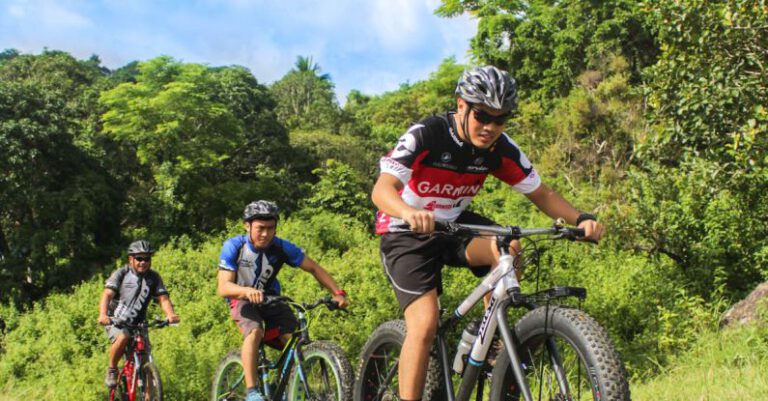
Cycling is a fantastic way to stay active and explore the great outdoors. Whether you are looking to improve your fitness, commute to work, or simply enjoy a leisurely ride, mastering the basic cycling techniques is essential for beginners to ensure a safe and enjoyable experience on the bike.
Body Positioning
Proper body positioning is crucial when cycling as it can significantly impact your comfort and efficiency on the bike. Begin by adjusting your saddle height so that when you sit on the saddle with your foot at the bottom of the pedal stroke, there is a slight bend in your knee. Your handlebars should be at a comfortable height and distance, allowing your arms to be slightly bent when gripping them.
Pedaling Technique
Efficient pedaling is key to a smooth and enjoyable ride. Focus on pedaling in a circular motion rather than just pushing down on the pedals. Imagine scraping mud off the bottom of your shoe as you bring the pedal back up. This will help distribute the effort more evenly and reduce strain on your knees.
Shifting Gears
Understanding how and when to shift gears is essential for maintaining a steady cadence and conserving energy. Use the front gears (chainrings) for major changes in resistance, such as going from flat terrain to a hill, and the rear gears (cassette) for fine-tuning your effort. Anticipate changes in terrain and shift preemptively to avoid getting stuck in a challenging gear.
Braking
Proper braking technique is crucial for safety when cycling. Use both brakes simultaneously, with the front brake providing the majority of the stopping power. Squeeze the brakes gradually rather than grabbing them abruptly to avoid skidding or losing control. Shift your weight slightly back when braking to prevent the front wheel from locking up.
Cornering
Mastering the art of cornering is essential for navigating turns safely and efficiently. Approach the corner at a controlled speed, keeping your outside foot at the bottom of the pedal stroke for stability. Lean your bike into the turn while maintaining an upright position with your body. Look through the corner and steer smoothly to follow the desired line.
Climbing
Climbing hills can be challenging for beginners, but with the right technique, you can conquer even the steepest inclines. Shift to an easier gear before you start climbing to maintain a steady cadence. Keep your upper body relaxed, and focus on breathing rhythmically to conserve energy. Stay seated for moderate climbs and use a standing position for short, steep sections.
Descending
Descending can be exhilarating but requires caution and skill to do safely. Check your speed before descending and stay in control of your bike at all times. Position your body low and centered over the bike to improve stability. Use both brakes judiciously to control your speed, with more pressure on the rear brake to prevent skidding.
Riding in a Group
Cycling with others can be a fun and social experience, but it also requires good communication and awareness. Maintain a steady pace and avoid sudden movements that could startle other riders. Signal your intentions with hand gestures or verbal cues, such as pointing out obstacles or announcing your intention to pass. Avoid overlapping wheels with the rider in front to prevent accidents.
Mindful Riding
Lastly, remember to stay mindful and present while cycling. Pay attention to your surroundings, anticipate potential hazards, and be respectful of other road users. Stay hydrated, wear appropriate safety gear, and always follow traffic laws and signals. Cycling is not only a physical activity but also a mental one, so stay focused and enjoy the ride.
In conclusion, mastering the basic cycling techniques as a beginner is the foundation for becoming a confident and skilled cyclist. By focusing on body positioning, pedaling technique, shifting gears, braking, cornering, climbing, descending, riding in a group, and staying mindful, you can enhance your cycling experience and ride with ease and enjoyment. So, grab your bike, hit the road, and practice these techniques to become a proficient cyclist in no time.





